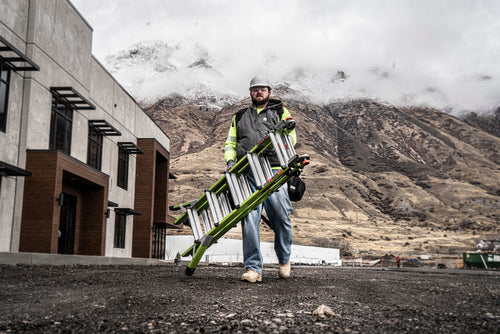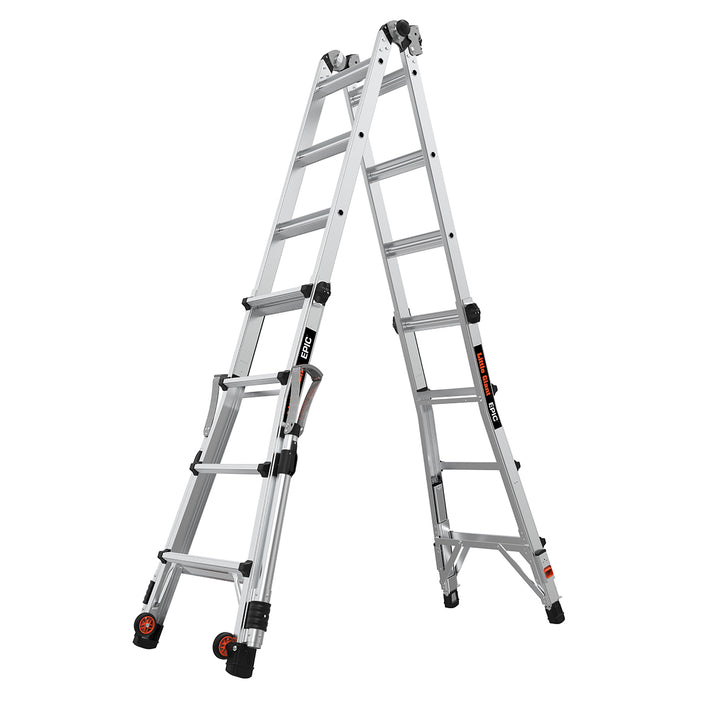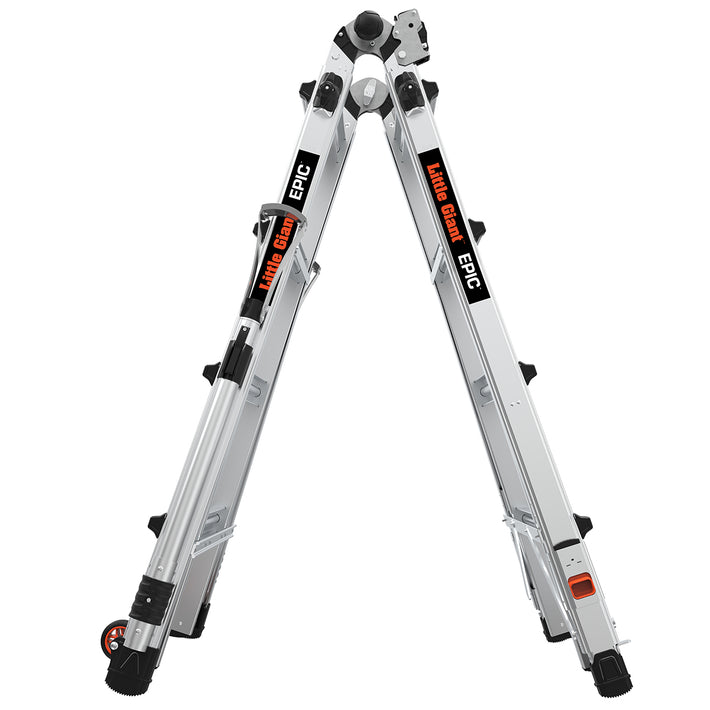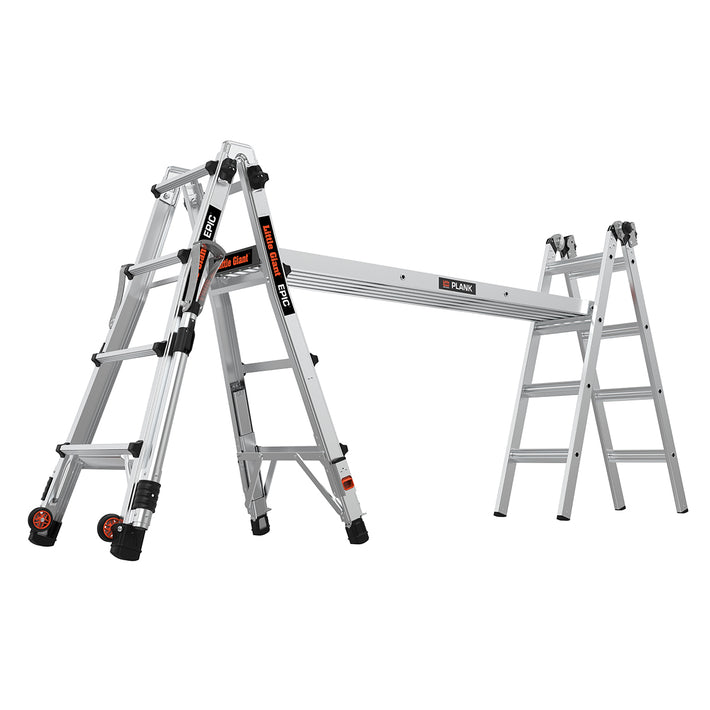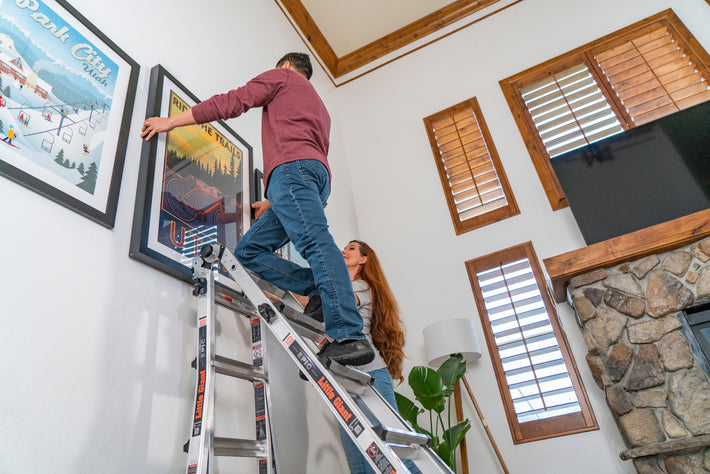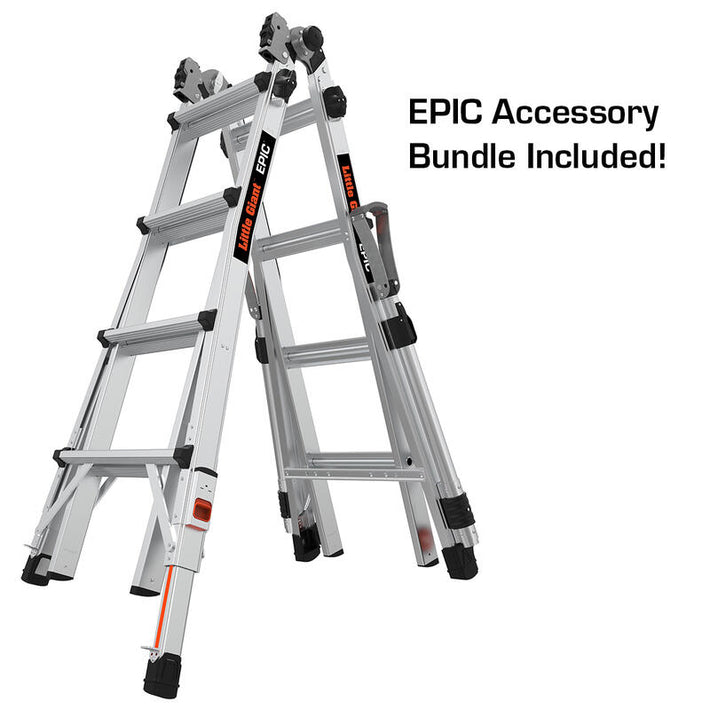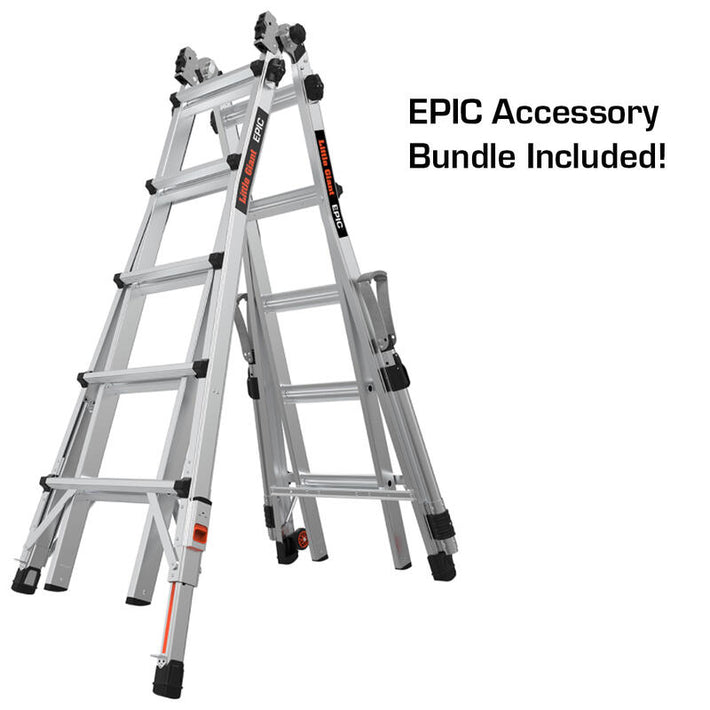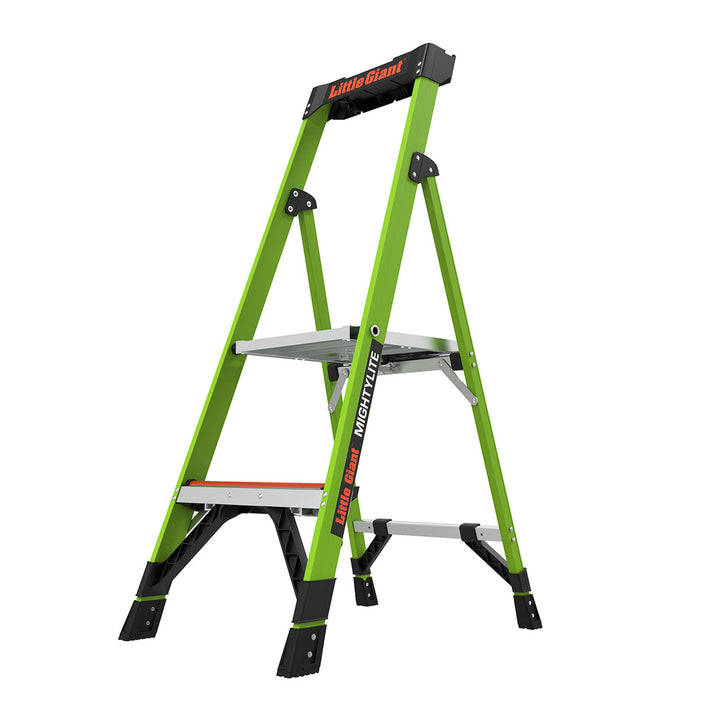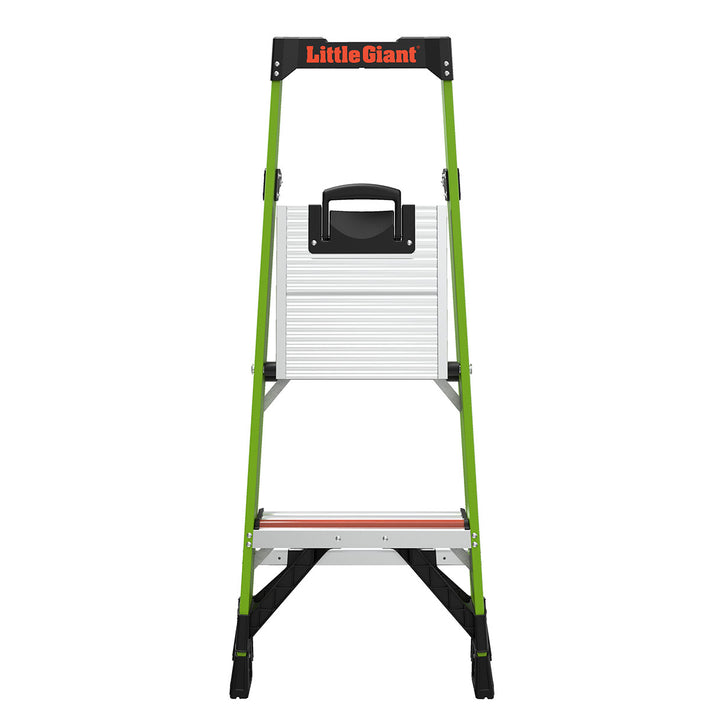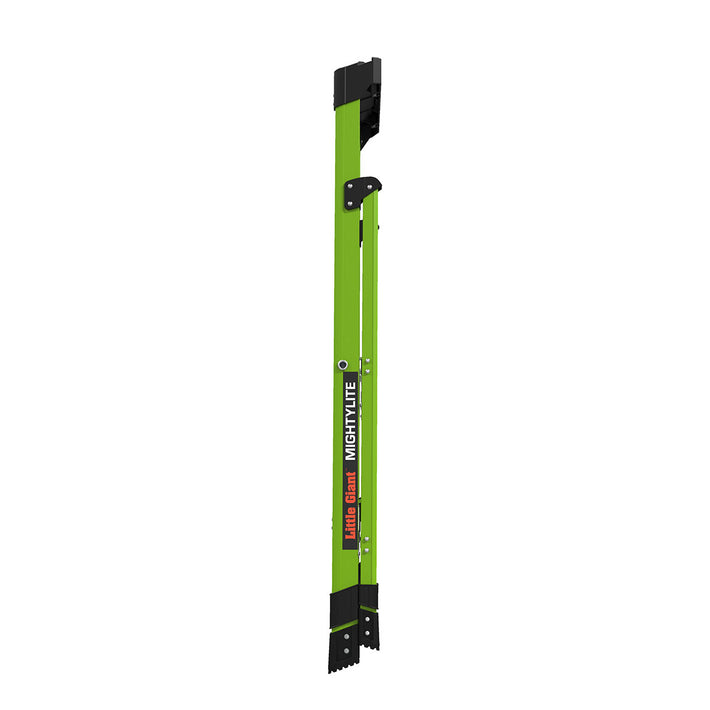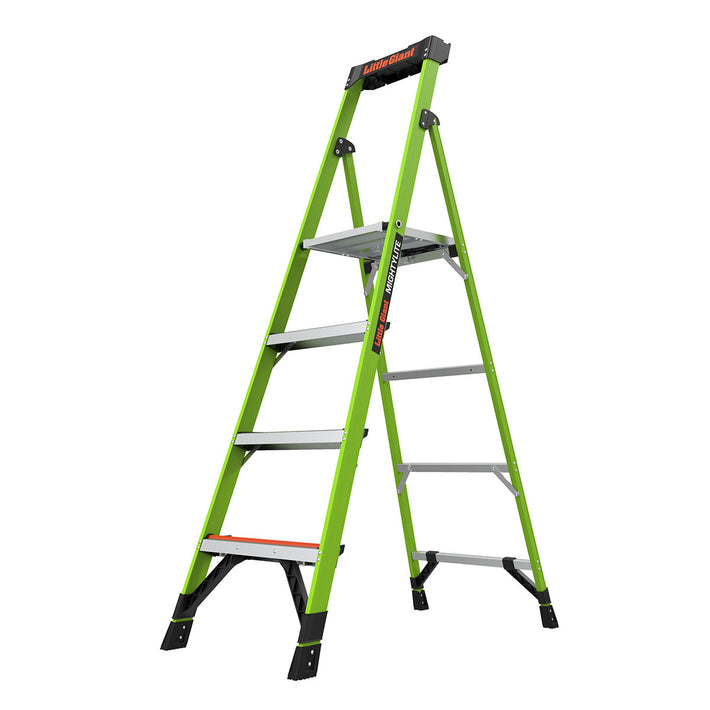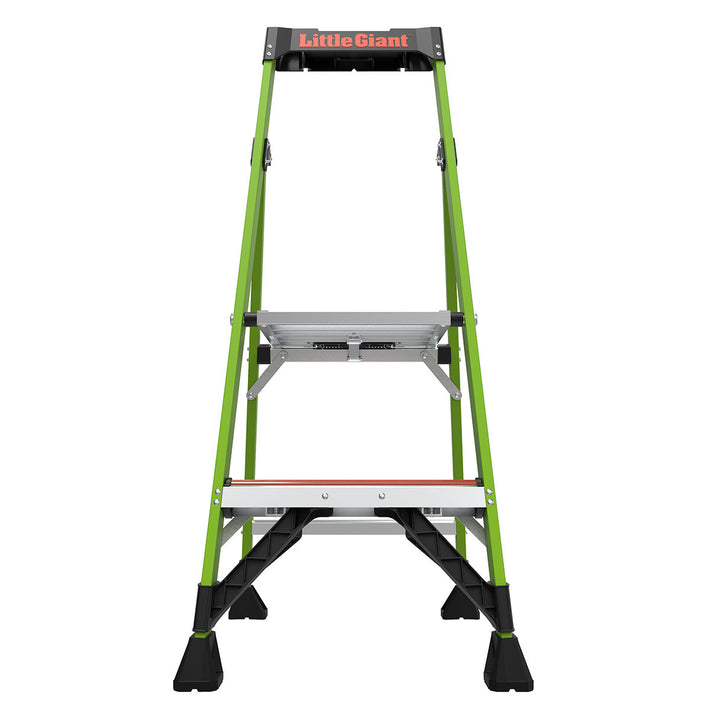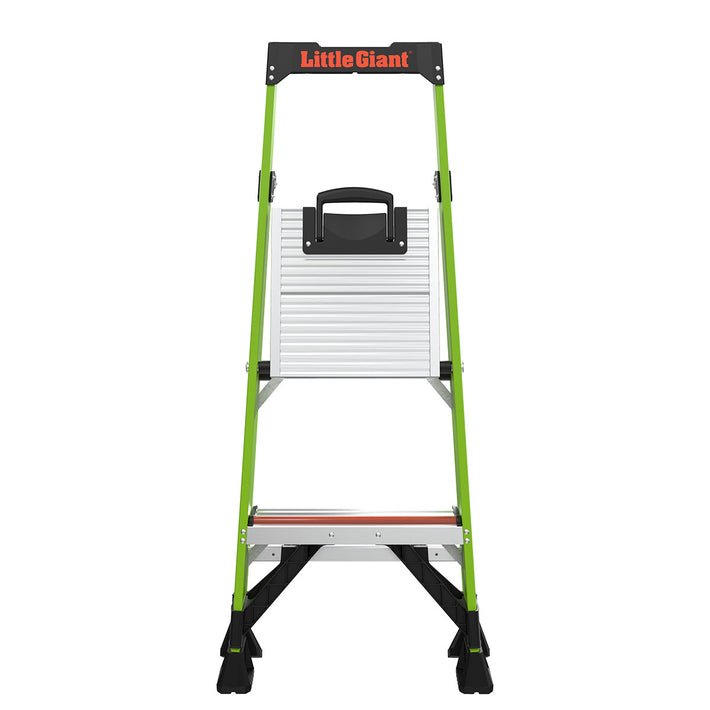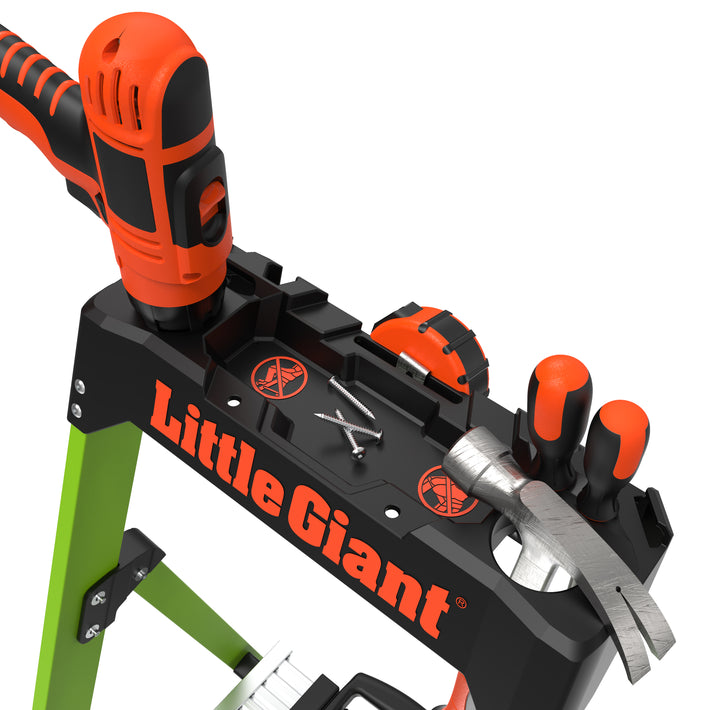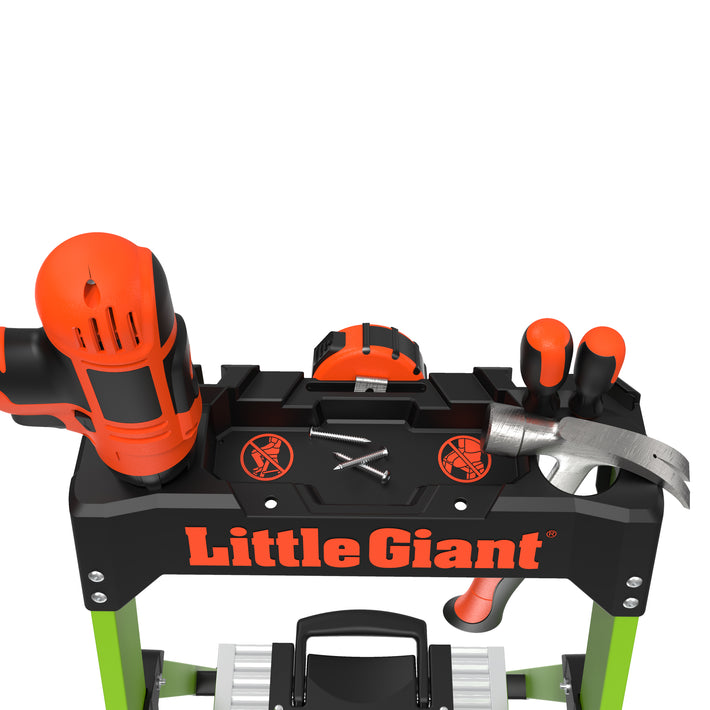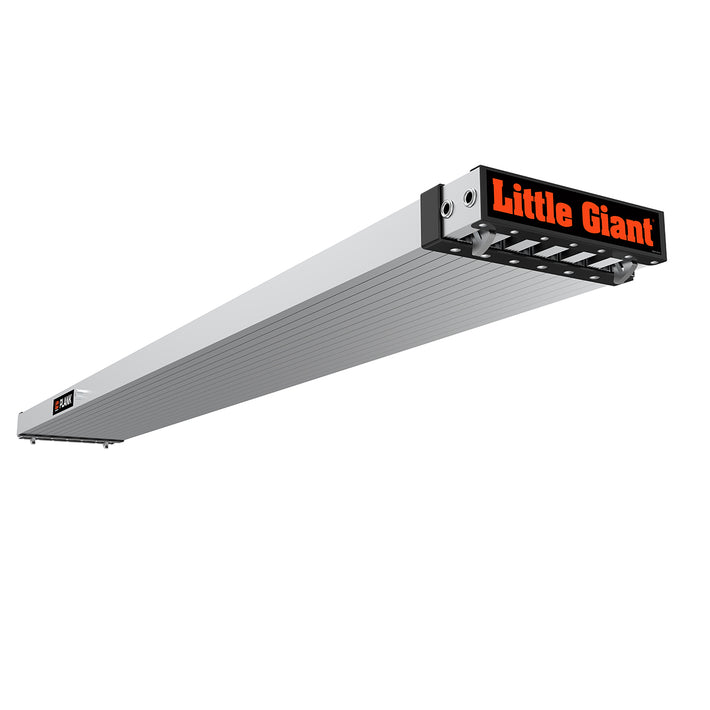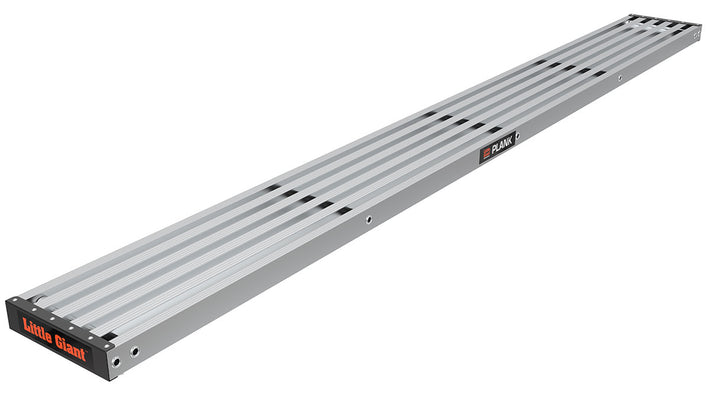Guest Post: Safety When Working at Height

Our ladders at Little Giant Ladder Systems are designed with your safety in mind. Whether you are only a few inches or perhaps 30 feet off the ground, we care that you make your ascent and descent safely. Today, we have a guest writer sharing their tips about how to work safely at heights.
Working at height can be tricky, but you can take safety precautions before undertaking any work at height to help keep these risks to a minimum.
The Health and Safety Executive (HSE) recommends you carry out a thorough inspection of any ladder before each use, also known as pre-checks. If you are the owner of ladders, you are also responsible for carrying out a proper inspection to check they are fit for purpose before anybody else uses them.
If ladders have fallen, been stored incorrectly or have been moved from one place to another, it is vital they are inspected for any damage. When you perform an inspection on a ladder, pay attention to these areas:
The Rails
The vertical rails that form the frame should be straight without any bends or cracks. If the rails do have any issues, the ladder may be in danger of collapsing.The Feet
These should be in place, securely attached at the bottom of the rails. They must not have any visible signs of wear or damage. The feet should also be clean and free from any debris.The Rungs
The rungs should all be straight, without any bends or splits. All rungs should be in place since a missing rung can destabilize ladders. Anti-slip rung covers are a great idea to help reduce the risk of any accidents.The Locking Bars
If they are bent or damaged, or there are any signs of wear, the ladder may be unsafe and should not be used.The Platform
If the platform is bent or damaged, the ladder should not be used since it could cause the ladder to buckle and fall.The Treads on the Rungs
These should be clean and dry before use. If they are dirty or slippery, the stepladder may slip when it is climbed.
A full risk assessment should be carried out before you or any of your employees begin any task which requires working at height.
First, check if some or all of the work can be completed at ground level. Once you know ladders are required, and all of the inspections have been done as per the above instructions, you need to ensure you have the right type of ladder for the job. When it comes to ladders, it is not a ‘one size fits all’ approach. Trying to use the incorrect ladder for a job could be just as dangerous as not carrying out any checks at all. The user should also be competent and aware of the risks and health and safety regulations. All employees should follow a safe system of work which should be detailed in your company policy or training handbook.
Working with faulty, damaged or inadequate equipment will greatly increase the risk of accident and injury. If you take the time to inspect everything before you start, you will significantly reduce the risks involved in working at height and reduce the likelihood of injury occurring.
Would you like to learn more about working safely at heights with Little Giant? Check out our Safety page to see safety innovations with Little Giant ladders.


